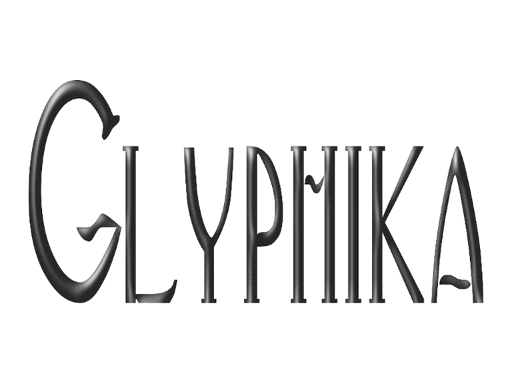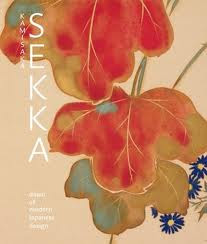Kamisaka sekka books
If you saw my previous post and you're looking for more info here are cover images of some books on Kamisaka sekka. You might want to try search parameters of sekka, kamisaka, kamisaka sekka, rinpa and rimpa as well.
Friday 29 June 2012
Tuesday 26 June 2012
Kamisaka SEKKA at AGNSW
AGNSW
the Art Gallery of NSW currently has an exhibition of works by Kamisaka SEKKA and other Rimpa artists.
Here's one of the many fine works on display which include fabric designs, lacquer, ceramics, screens, and prints as well as books and paintings.
The exhibition is on two levels. You have to buy youR tickets at the main lobby desk and then go downstairs and after viewing there upstairs again. There are escalators and lifts.
Enjoy viewing these works if you're in sydney from June to August 26 2012.
Do note the exhibition is briefly closed July 23 and 24 as some of the more fragile works have to go back into storage to be replaced by others but your ticket covers both shows so you can visit twice!
finally here's the cover of the catalogue:
the Art Gallery of NSW currently has an exhibition of works by Kamisaka SEKKA and other Rimpa artists.
Here's one of the many fine works on display which include fabric designs, lacquer, ceramics, screens, and prints as well as books and paintings.
The exhibition is on two levels. You have to buy youR tickets at the main lobby desk and then go downstairs and after viewing there upstairs again. There are escalators and lifts.
Enjoy viewing these works if you're in sydney from June to August 26 2012.
Do note the exhibition is briefly closed July 23 and 24 as some of the more fragile works have to go back into storage to be replaced by others but your ticket covers both shows so you can visit twice!
finally here's the cover of the catalogue:
Thursday 21 June 2012
The Oldest Chinese Wood block Print
The oldest Chinese woodblock print
discovered so far is probably unless something older turns up this image below.
It shows part of the Diamond Sutra and Buddha and Boddhisattvas.
Consider this irony. The need for copies of religious texts created more literacy so that there would be readers availalbe to read secular texts and then newspapers.
discovered so far is probably unless something older turns up this image below.
It shows part of the Diamond Sutra and Buddha and Boddhisattvas.
Consider this irony. The need for copies of religious texts created more literacy so that there would be readers availalbe to read secular texts and then newspapers.
Sunday 17 June 2012
The Printed Image in China
Want to learn more about printmaking in China?
This British Museum press Book is one of the best on the subject with its balance of image and information!
If you can't buy it try to get your library to do so as a reference book!
This British Museum press Book is one of the best on the subject with its balance of image and information!
If you can't buy it try to get your library to do so as a reference book!
Monday 11 June 2012
The Phaistos Disk
The Phaistos Disk
Just what the @#$% is it?
Just what the @#$% is it?
The Phaistos Disk seems to have been delibarately forgotten.
It was found in a storeroom in an area of the Phaistos palace apparently a chapel or a storage area for religious activities. The disk seems to have been just placed against a wall on the floor and survived simply cos it was left there and possillbly other softer objects piled up around it protecting it against the fianl destruction of the room it was in.
I've seen several theories about it and the symbols some of which are roughly similar to Cretan Hieroglyphics and Linear A and B and I've shown a graphic showing one guess at the symbols.
It certainly doesnt show the level of refinement you normally see in Minoan art?
So what is it? Here's my guess : a discarded test prototype for a series of stamps meant to be used on cloth or clay maybe as trademarks or syllable signs standing for abbreviated words as a shorthand or even stamps for textiles?
Perhaps the sponsor of the experiment had it rejected in favor of a different graphic system that became linear B and donated the test piece to a shrine for storage and died causing a sigh of relief to embarassed relatives or the palace artisans refused to use the system set or the symbols were used but on metal objects that were melted down later?
We now know there was more than one script used in Crete but don't have transitional forms showing the whole sequence of developments from early symbols to Linear B.
This object may be an anomaly but an anomaly cos its out of context?
Imagien what an archaeologist might think if he find a typographers rough sketches for a font but no complete set of the font? Say the typographer cut out 3d models for some reason and then the studio was destroyed and the one surviving object was removed to a store room?
That may be how the Phaistos Disk became an anomaly?
Subscribe to:
Posts (Atom)









